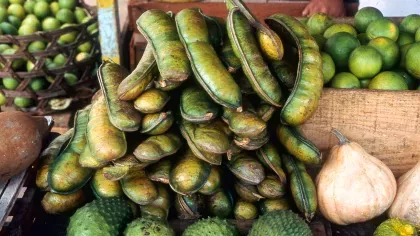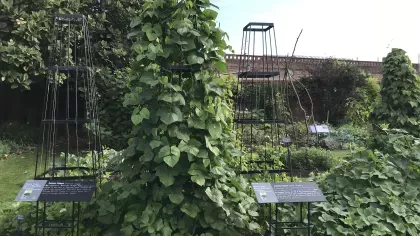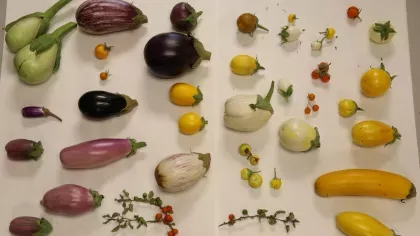30 November 2022
The next bean thing
They’re already a popular sight on our plates, but could legumes be the solution to malnutrition and climate change?

What’s a legume?
‘Legume’ refers to the seeds and fruits of plants in the Fabaceae family. This includes well known foods like common beans, chickpeas and peas, but also some more surprising inclusions, like peanuts and clovers.
When they are harvested for their fleshy fruits, these crops are generally known as legumes. When they are collected as a dry seed, like lentils, they’re referred to as pulses and beans.
One of the superpowers of legumes is their ability to fix nitrogen, thanks to the mutually beneficial relationship they have with special bacteria called rhizobia.
These bacteria infect the roots of legumes (with permission from the plant) and form lumps on the roots called nodules. When the legume absorbs nitrogen from the air, the bacteria ‘fix’ it by converting it into ammonium.
Unlike the nitrogen in the air, this form of nitrogen can actually be used by the plant and forms a key part of legume plant proteins. It’s thanks to these special bacteria that legumes are an excellent source of protein.

But it doesn’t stop there. By ‘fixing’ nitrogen, legumes also enrich the soils for other plants to grow in. This makes them incredibly appealing to farmers looking to improve their crop yields and maintain soil health without relying on inorganic fertilisers.
In fact, people have been making use of the soil-enriching qualities of legumes for thousands of years. The indigenous peoples of North America sow legumes, like the common bean (Phaseolus vulgaris), maize (Zea mays) and squash (Cucurbita pepo) in a companion planting arrangement known as ‘the three sisters’ or 'milpa'.
In this arrangement, the legume crops fix nitrogen into the soil, providing a more protein rich yield for all three plants.

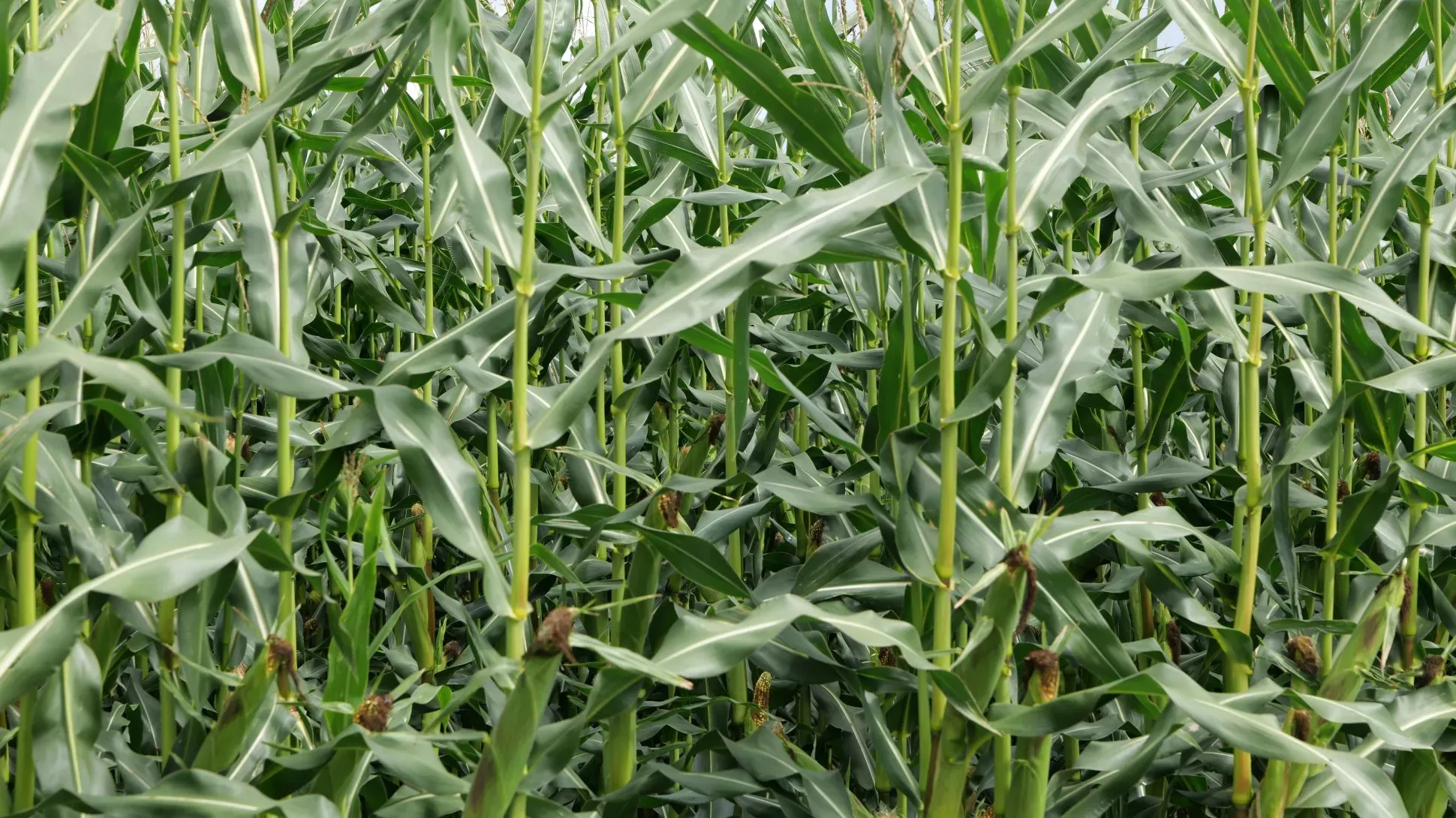
World peas
With hundreds of millions of tonnes harvested every year, it’s clear that legumes and pulses are already a key part of the world’s diet.
An estimated 400 million people worldwide rely on beans as their primary staple food.
And their popularity is on the rise again. But why?
In part, climate change has a role to play. As we become more aware of the climate impact of our food, we’re on the hunt for new sources of nutrition that don’t cost the Earth.
Animal proteins tend to have higher carbon footprints than plant proteins, thanks to higher land use and deforestation to create grazing land for animals, alongside methane emissions from cows and other farm animals.
Legumes, with their high protein content and varied vitamins and minerals, are the perfect alternative to traditional animal proteins.
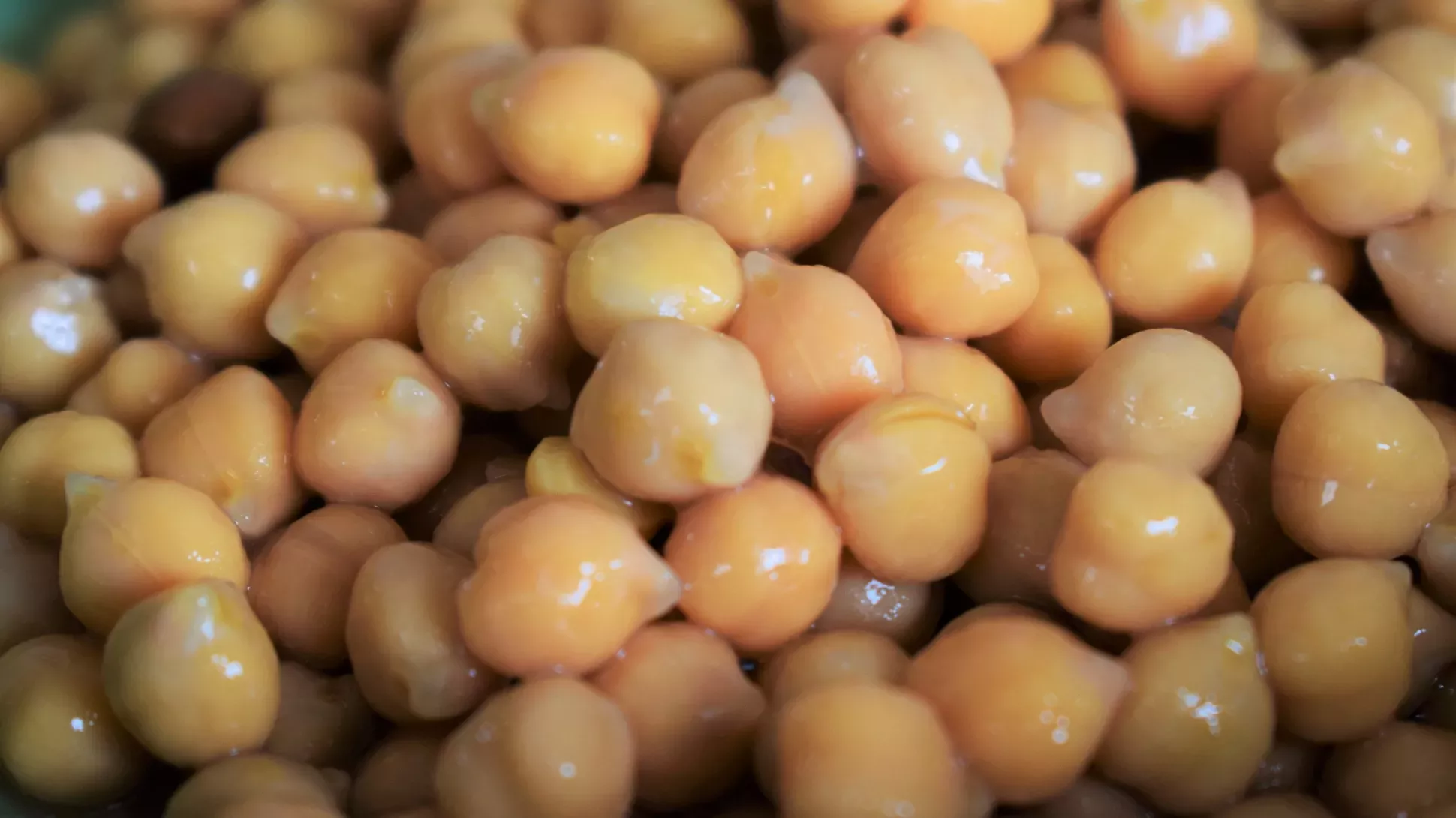
A huge portion of animal feed is made up from legume crops like soybeans. In 2018, 77% of the 377 million tonnes of soybean harvested that year became animal feed. When we are eating chicken protein for example, we are mostly eating soy protein.
An easy way to cut down on carbon emissions? Just cut out the middleman, and eat more soy beans, either as beans or in processed foods like tofu or soya milk.
Eating more legumes and pulses before they get a chance to become animal feed helps reduce the carbon emission from transporting crops, as well as reducing the need for habitat destruction to make room for grazing land. Plus, soy beans destined for human consumption are rarely linked to deforestation.
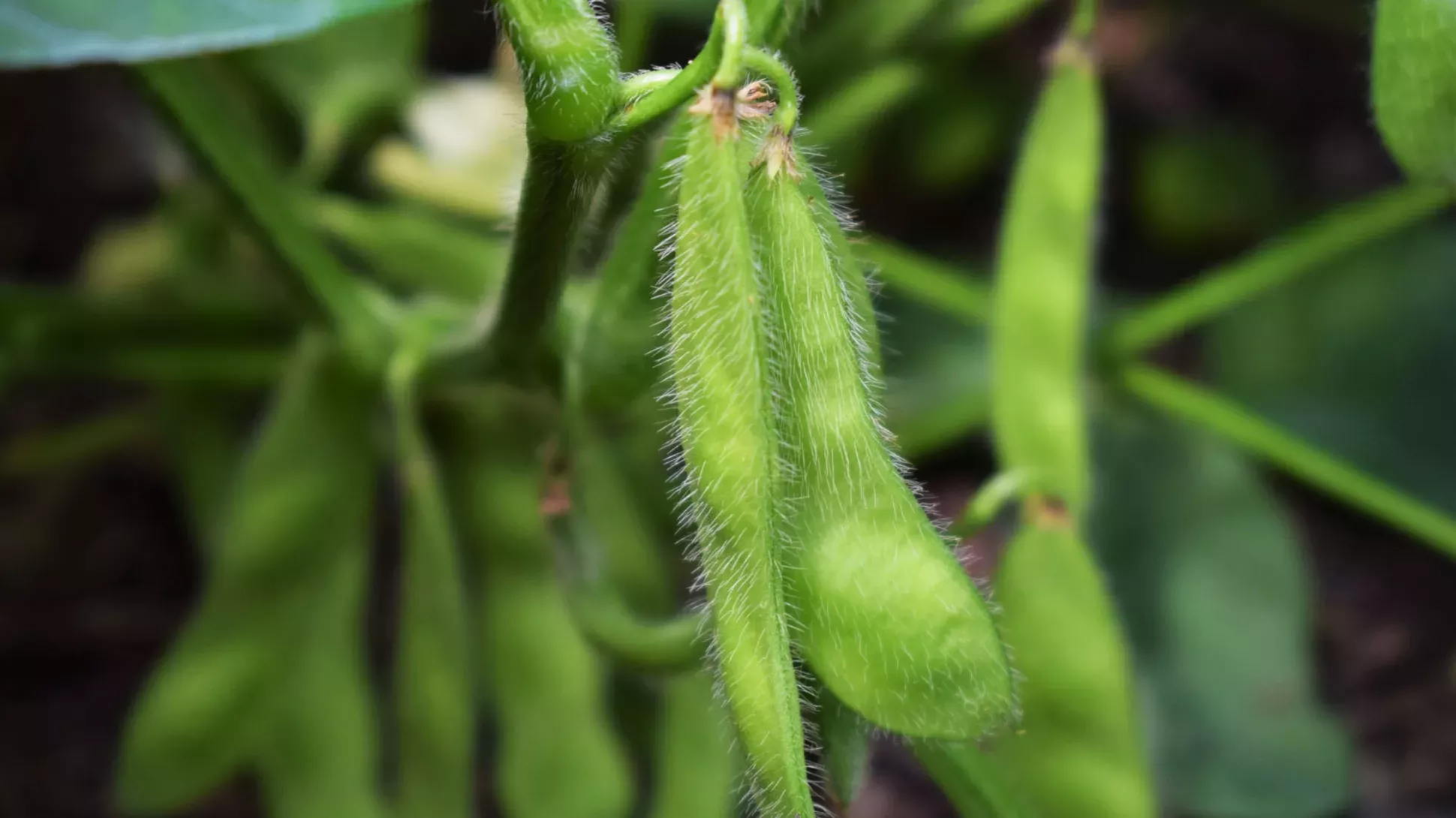
Feed the world
But it’s not just fighting climate change that makes legumes and pulses a more appealing prospect. They could also be a key player in tackling another critical global issue: hunger.
The second of the UN’s 17 Sustainable Development goals is zero hunger by 2030. With recent metrics suggesting that this target is well out of reach, it's now more crucial than ever that we find ways to shift the balance.
One suggested strategy is doubling the number of legumes eaten globally by 2028.
With many legumes and pulses being low-cost, hardy crops that are incredibly nutritious, they’re a fantastic way to help people who are struggling with lack of access to healthy foods all over the world.
In developing countries, legumes are particularly appealing, as their soil-enriching qualities help keep farming costs down in low-income areas.
Beans, peas and lentils could be the first step in feeding our growing global population in a more sustainable way.
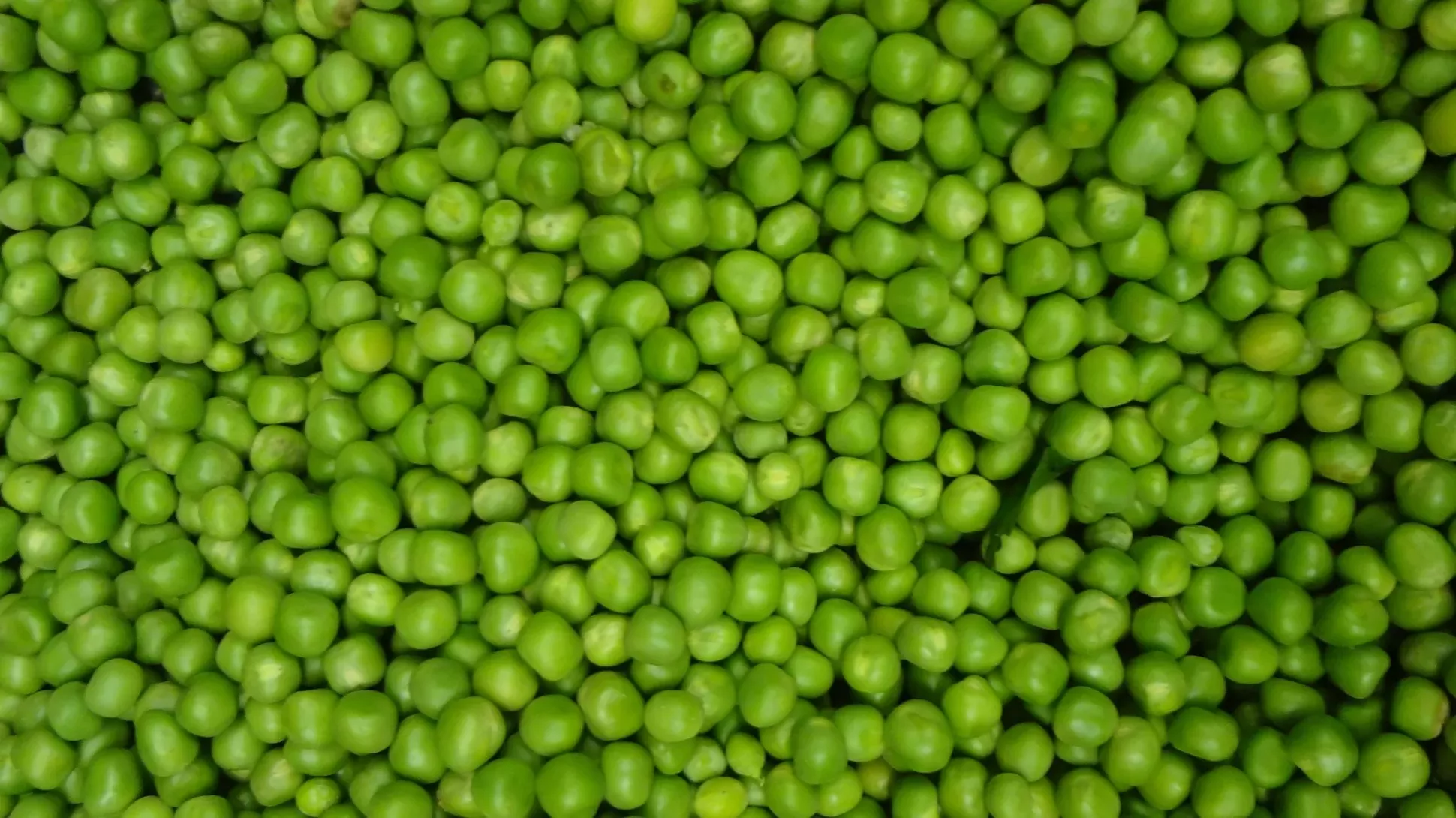
Finger on the pulse
As a centre of scientific expertise, Kew and Wakehurst are perfectly positioned to help support researchers and farmers embrace the legume revolution.
At the beginning of 2022, we published the Legume Data Portal, a verified checklist of all accepted global legume species.
The work of 80 botanists from 24 countries, this list contains all 22,939 accepted species of legumes, which can help people anywhere in the world understand more about the diversity and power of these critical food crops.
In our Millennium Seed Bank, we also have a range of seeds banked from cousins of key legume crops, including chickpeas, peas and broad beans, as part of our project to preserve the genetic diversity of our crops for the future.
So, in the future, don’t be surprised if pulses, beans and all sorts of other legumes become an even more key part of our day-to-day diets!

